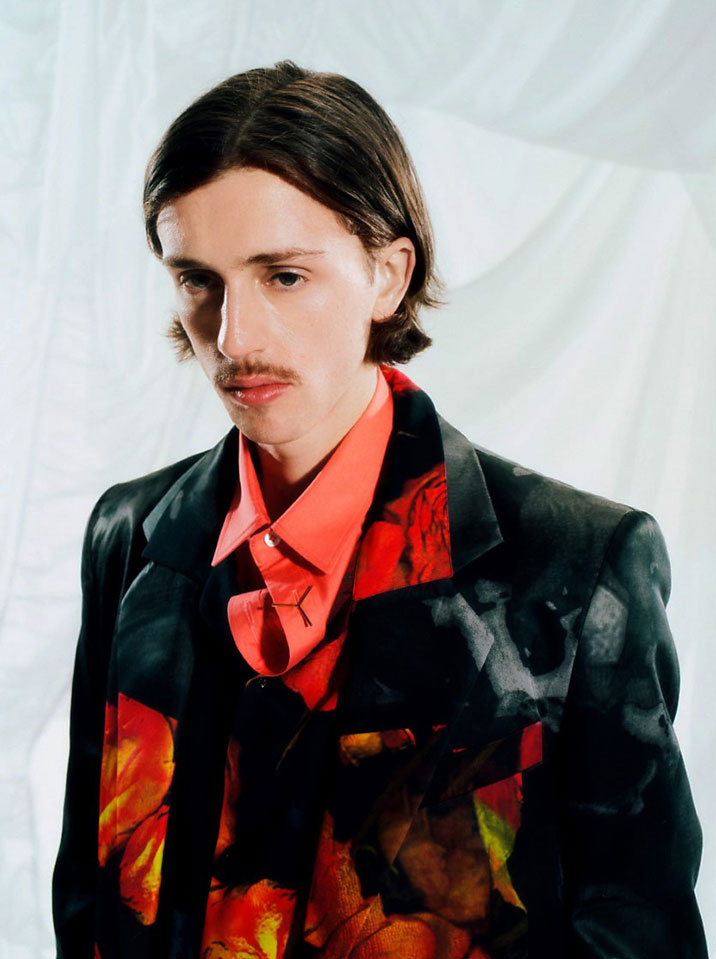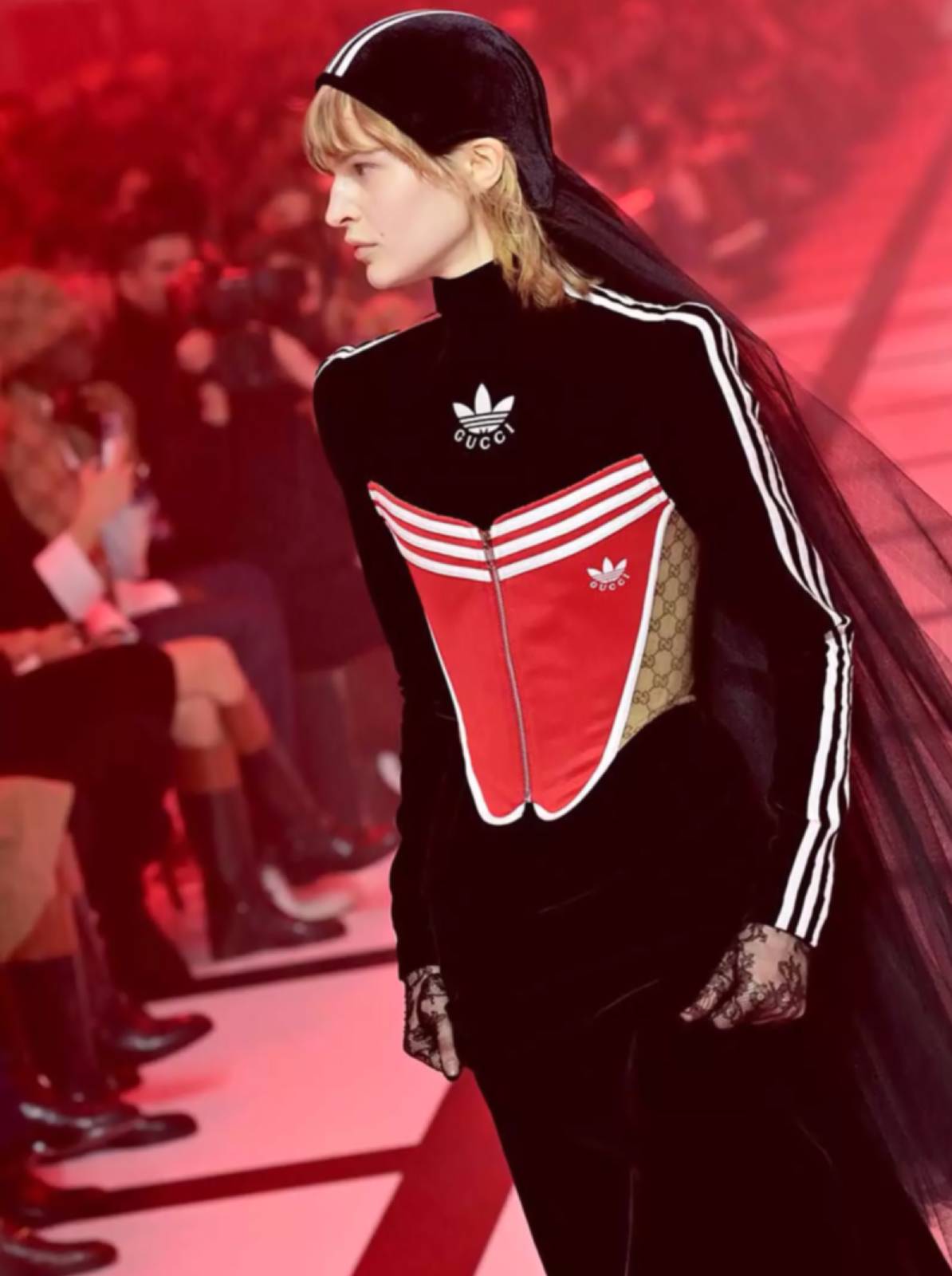
LOUIS VUITTON FW 21 MEN’S COLLECTION: A NEW REALITY
DENIZ AKKAYA
It’s been a busy month for Virgil Abloh as he presented his latest collection for Louis Vuitton Men’s. After taking us to Shanghai last season, the designer has majorly switched things up by devising a storm in the alps.
The fashion house has even devised a Monogram snowflakes filter on Instagram for us to pose for whilst we watch – which you can find on their official Instagram account.

The show took place in a space where you can’t help yourself but feel like you’re in another realm, a new digital reality. The message of the show was humanitarian though: creating the same opportunities, dreams, and freedom for children of all races, genders and sexualities when asked the question, “What do you want to be when you grow up?” In accordance with the message, the storyline took its point of departure in archetypes: the Artist, the Salesman, the Architect, the Drifter, etc. since our dreams and aspirations are personified by these archetypes.


Defining the ‘normal’ characters of society, Virgil Abloh investigates the presumptions we make about people based on the way they dress: their cultural background, gender, and sexuality. The collection strives to illuminate and neutralise the prejudice we create around people by keeping the dress codes related to certain archetypes, but changing the human values we associate with them.
The collection’s themes were reflected in James Baldwin’s essay Stranger in the Village from 1953, which made the presentation, a performance art piece. Stranger in the Village deals with the parallels between Baldwin’s experiences as an African-American man in a Swiss village and his life in America. Baldwin’s essay also deals with what it feels like to be a Black artist in a world of art created from a white European perspective. Considering the current political environment, Virgil’s show was an beautiful ode to the black community.

The collection was inspired by a broader study of manmade rules and myths we create around people, ideas and art. Illustrating the preconceptions imbedded in our minds, the collection switches codes around. For example, the Kente cloth (a fabric and silhouette native to Virgil Abloh’s Ghanaian heritage) is depicted in tartan, a pattern associated with Scotland, confusing our predetermined ideas of each reference. The motifs and techniques used in the collection play on illusions, replicating the familiar through the deceptive lenses of trompe l’oeil and filtrage, likewise confusing our predetermined ideas of references and wardrobe elements.



The collection asked the questions: Who can claim art? What defines low vs. high? Who gets to make art? Who gets to consume it? The collection studied our idea of normality, investigating what normal means and looks like, and who has the privilege to look normal.
After the events of 2020, the collection proposed the notion that society has the opportunity to create a ‘new normal’ in which we free ourselves from the prejudice we create around people, ideas and art. Who doesn’t wanna live in Virgil’s new normal anyways?
![]()





